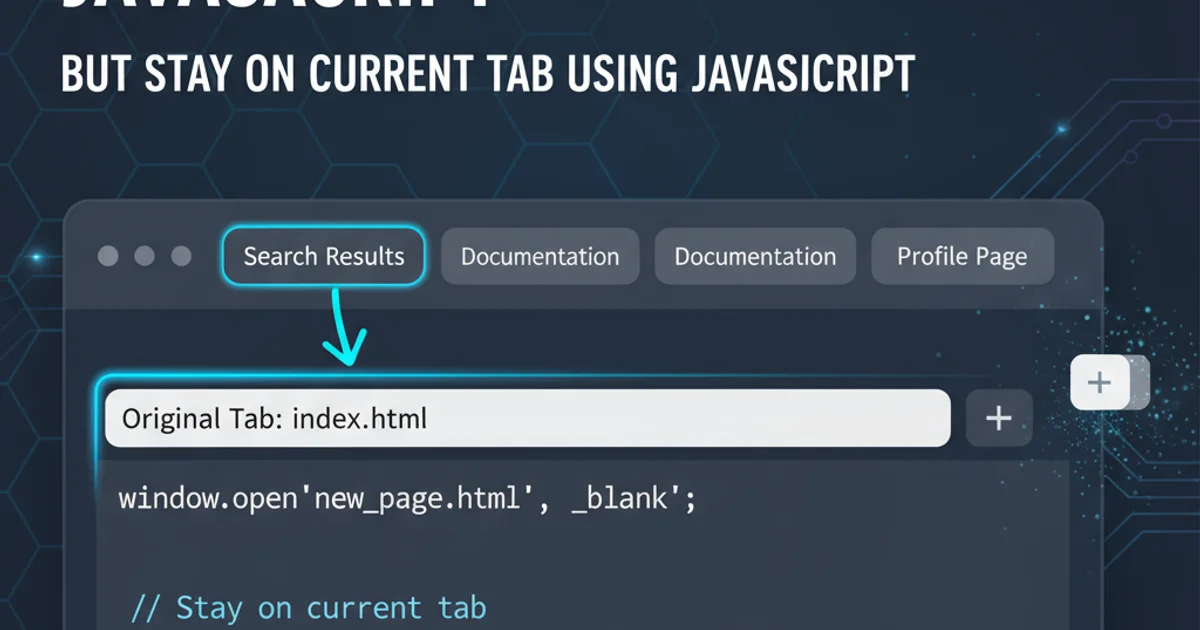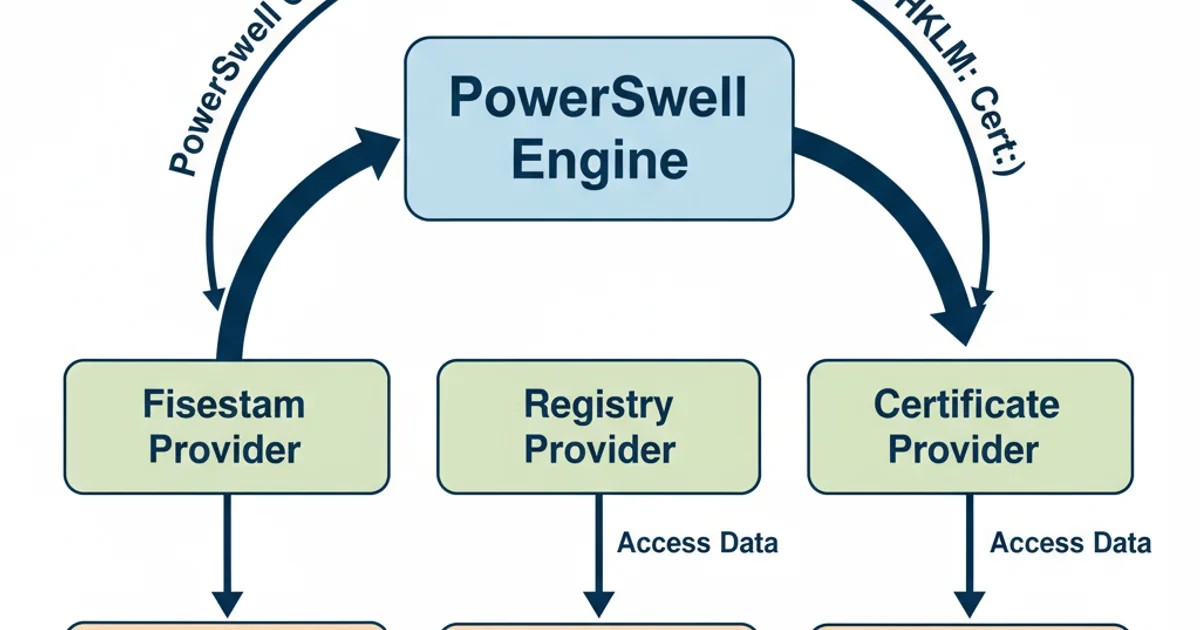Set-Location Powershell provider
Categories:
Navigating Your PowerShell Environment with Set-Location

Explore the Set-Location cmdlet in PowerShell, understanding its role in changing directories, interacting with PowerShell providers, and managing your current working location across various data stores.
The Set-Location cmdlet is a fundamental tool in PowerShell for managing your current working location. Much like the cd (change directory) command in traditional command-line interfaces, Set-Location allows you to navigate through different data stores exposed by PowerShell providers. This article will delve into the capabilities of Set-Location, demonstrating how to use it effectively with file systems, the registry, and other custom providers.
Understanding PowerShell Providers
Before diving into Set-Location, it's crucial to understand PowerShell providers. Providers are mini-applications that expose various data stores in a drive-like structure, making them accessible using standard PowerShell cmdlets like Get-Item, Set-Item, Get-ChildItem, and of course, Set-Location. Common built-in providers include:
- FileSystem: For navigating files and folders on your computer.
- Registry: For interacting with the Windows Registry.
- Alias: For managing PowerShell aliases.
- Environment: For accessing environment variables.
- Function: For managing PowerShell functions.
- Variable: For managing PowerShell variables.
- Certificate: For navigating certificate stores.

PowerShell Providers map diverse data stores to a unified drive-like interface.
Basic Navigation with Set-Location
The most common use of Set-Location is to change your current directory within the file system. You can specify a full path, a relative path, or even use special characters for parent directories. The alias cd is commonly used for brevity.
# Change to a specific directory
Set-Location -Path "C:\Program Files\PowerShell"
# Using the 'cd' alias
cd C:\Users\YourUser\Documents
# Navigate up one directory
Set-Location ..
cd ..
# Navigate to the root of the current drive
Set-Location \
Basic file system navigation using Set-Location.
Get-Location to display your current working directory at any time. This is useful for confirming your position, especially when navigating complex paths or switching between providers.Navigating Different PowerShell Providers
The true power of Set-Location becomes apparent when you use it to switch between different PowerShell providers. Each provider exposes its data store as a drive. For instance, the Registry provider exposes HKLM: and HKCU: drives, and the Certificate provider exposes Cert:.
# Change to the HKLM (HKEY_LOCAL_MACHINE) registry drive
Set-Location HKLM:
# Navigate to a specific registry key
Set-Location HKLM:\SOFTWARE\Microsoft\Windows\CurrentVersion
# Change to the Certificate drive
Set-Location Cert:
# Navigate to the LocalMachine\My certificate store
Set-Location Cert:\LocalMachine\My
Switching and navigating within different PowerShell providers.
Managing Location Stacks
PowerShell allows you to manage multiple working locations using location stacks. This is incredibly useful when you need to temporarily switch to a different path and then easily return to your previous location. The Push-Location and Pop-Location cmdlets are used for this purpose.
# Save the current location to the stack and move to a new one
Push-Location -Path C:\Windows\System32
# Perform some operations in System32
Get-ChildItem *.dll | Select-Object -First 5
# Return to the previous location on the stack
Pop-Location
# Verify current location (should be the original path)
Using Push-Location and Pop-Location to manage location stacks.
Push-Location -StackName <Name> and Pop-Location -StackName <Name> to manage them independently. Get-Location -Stack shows all current stacks.1. Step 1: Explore Available Providers
Open PowerShell and run Get-PSProvider to see a list of all available providers on your system. This will give you an idea of the different data stores you can navigate.
2. Step 2: Navigate to a Registry Path
Use Set-Location HKLM:\SOFTWARE to change your current location to the HKEY_LOCAL_MACHINE\SOFTWARE registry hive. Then, use Get-ChildItem to list its contents.
3. Step 3: Push and Pop Locations
From the registry path, use Push-Location C:\Temp to save your registry location and move to the C:\Temp directory. Create a temporary file there. Finally, use Pop-Location to return to your registry path.